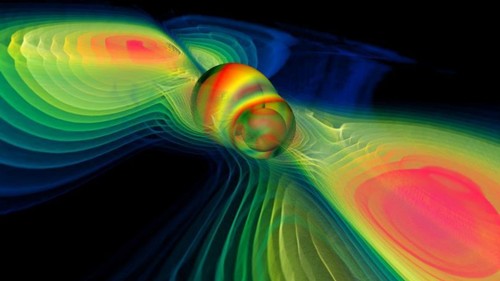Scientists Detected a New Kind of Black Hole Being Born in a Bizarre Event
A merger with a black hole possessing an unexplained ‘forbidden mass’ created the first conclusive example of an intermediate black hole in the most massive merger ever detected using ripples in spacetime.

IMAGE: FLICKR/NASA UNIVERSE
An international collaboration of astronomers has observed the formation of a black hole with the mass of 142 suns, the first conclusive evidence of an intermediate-mass black hole. The black hole was the result of the most massive black hole merger ever detected with gravitational waves, which are ripples in spacetime that can be detected from Earth.
Not only did the merger produce the first example of a new kind of black hole, but one of the merging black holes possessed a “forbidden mass” that could not be explained by our usual understanding of how they form.
“I think it’s remarkable that we got such a clear observation of ‘Here’s a black hole with can’t be explained with our classic understanding of how stars collapse,'” said Christopher Berry, an astrophysics professor at Northwestern University and a LIGO Scientific Collaboration Editorial Board reviewer for the discovery paper.
The discoveries were enabled by the Laser Interferometer Gravitational-Wave Observatory (LIGO) and the Virgo interferometer, two of the world’s gravitational wave detectors. Companion papers published in the journals Physical Review Letters and Astrophysical Journal Letters on Wednesday described the signal, named GW190521.
